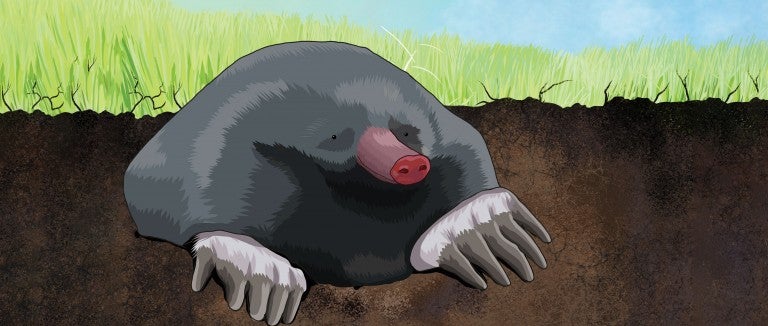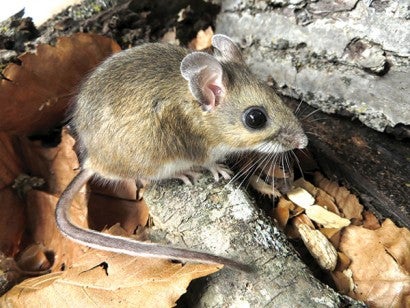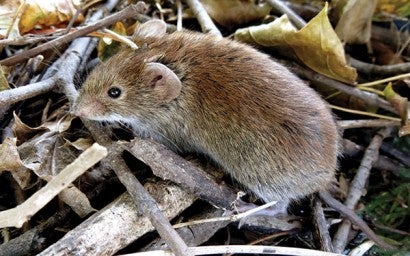While soaking her raised beds in preparation for tomato planting last summer, Gail Goldman was startled to see a tiny, waterlogged creature pop up out of the soil. Later another one briefly poked out his head. “Basically, I was watering shrews,” the Seattle gardener says of her foiled vegetable growing attempts. “No tomatoes involved. I felt terrible, honestly.”
Worried she had almost drowned her pointy-nosed friends, she called a nearby wildlife rehabilitation center. The shrews would likely be OK, a staffer said, but the one still above ground was vulnerable to predators. Goldman placed a large leaf over the stunned shrew, umbrella-style. “I just sat there and guarded the area, and then periodically peeked back in,” Goldman recalls. “Then she dried off and perked up, and kind of shimmied back in, bum first.”
The same animals maligned for eating and uprooting plants are also indispensable to plant reproduction and survival.
A humane backyard is a natural habitat offering wildlife plenty of food, water and cover, plus a safe place to live free from pesticides, chemicals, free-roaming pets, inhumane practices and other threats. And it's so easy to build!

Want more content like this?
This was written and produced by the team behind All Animals, our award-winning magazine. Each issue is packed with inspiring stories about how we are changing the world for animals together.
Learn MoreSubscribe


